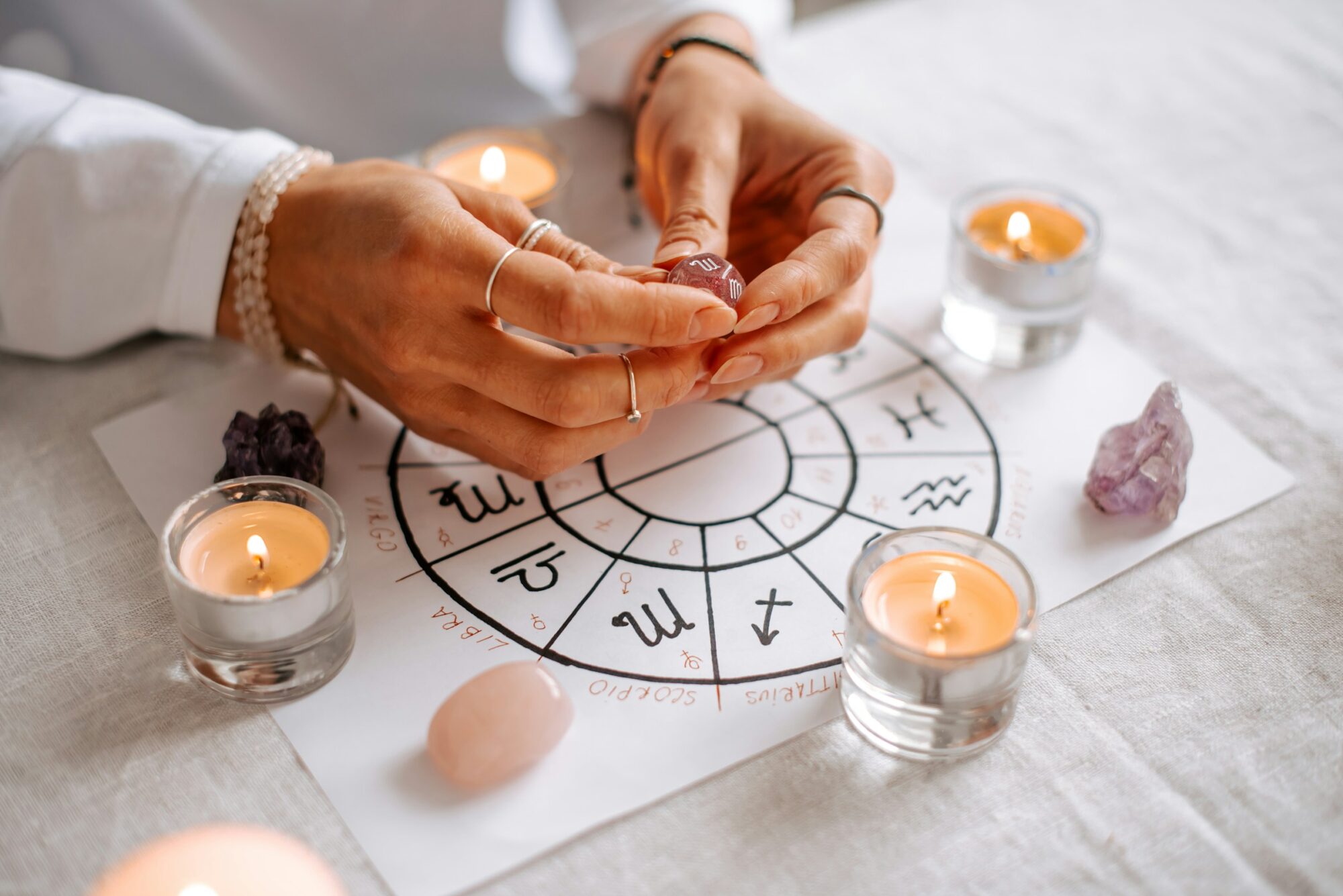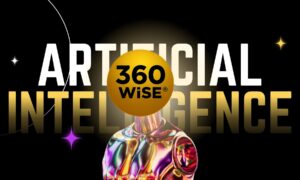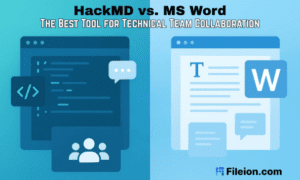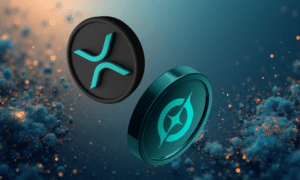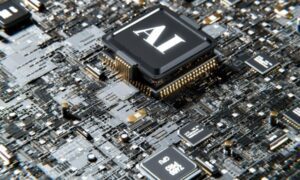Astrology has historically thrived on interpretation, symbolism, and intuition, but in the last few years, it has seen a new, complex scientific discipline of our time enter its space with the promise of making it scalable, speedier, and more efficient through technological precision – machine learning. Although it’s making a huge impact on how astrology is approached, very few of us understand how machine learning actually works. What are its underlying technologies that take it beyond birth chart calculations to personalised predictions, emotion analysis, and even behavioural nudges?
Today, we are going to discuss the interface behind AI astrology tools and delve into the machine learning systems that power them, providing a deeper understanding of how a digital astrologer operates.
How Does Machine Learning Make Astrology Interactive?
At its centre, AI astrology applications merge traditional astrological logic with advanced machine learning models. Models that have been deeply trained to identify patterns in how astrological charts are read, predicted, delivered and perceived by users.
These models/tools usually provide:
- Automated chart generation
- Personalised transit reports
- Daily mood and horoscope forecasts
- Compatibility assessments
- Behavioural prompts based on planetary placements.
Behind all these models is the machine learning technology that makes AI astrology bigger than birth chart calculators. It enables the platform to learn from millions of behavioural data, user interactions, textual feedback, and even emotional cues – a learning that continuously evolves and improves by studying how people respond to astrological insights.
For a technology that runs heavily on data, it is equally important to understand where the data comes from. Here are some areas:
- Users offered birth data – time, date, and location
- Users’ behaviour inside the app – what topics people read and how long they stay
- Feedback loops – did users like the prediction or reject it
- Sentiment analysis from chat history
- Historical astrology interpretations and texts.
These datasets get labelled and categorised to then be picked for model training and development.
How Does AI Learn to Speak Astrology?
For astrological insights, machine learning tends to use supervised learning, unsupervised clustering, and natural language processing (NLP) to help both unstructured user inputs and structured chart data make sense.
- Supervised Learning – These systems are trained on labelled data, such as birth chart matching with emotional responses and personality tags.
- Clustering Algorithms – These are used for grouping by behavioural profiles and astrological archetypes.
- NLP Models – They power the interpretation side of the AI astrology models, transforming the planetary movements into emotionally intelligent and accessible narratives.
These models do not understand astrology as a belief system, they study correlations – when people have some chart features that resonate with specific advice or descriptions, the model picks up on and strengthens that correlation. Additionally, there are some advanced Machine Learning platforms that use reinforcement learning, adapting responses on the basis of live feedback. Every time a user skips a certain content and reads something else, the platform reworks future recommendations, almost instantly.
Besides these three core concepts, there is one more tool that helps design the most revolutionary applications that generate human-like interactions – Large Language Models (LLMs). While historically interpretations have been based on static text written by astrologers, today’s AI apps use GPT-based engines, which are trained on thousands of astrology texts to create –
- Daily transits based on a person’s chart
- Specific advice aligned with planetary events
- Metaphorical narratives around life phases.
This enables highly personalised, unique content that feels “new” every day, and the incorporation of transformers in the LLMs ensures that the system can maintain narrative context, necessary for creating emotional resonance in predictive astrological insights.
While these models immensely help with offering personalised insights in real-time, it doesn’t come free from challenges. Tone, accuracy, and ethical phrasing should be controlled especially when you are addressing emotionally sensitive topics, to approach this, fine-tuning these models for psychological safety should be imperative.
Feedback, Personalisation, and Emotional Intelligence from Machine Learning Lens
Creation of personalised feedback loops is probably the best and most fascinating element of machine learning in astrology. The system is built to not just predict but also adapt.
Here’s an overview of how.
- If a user regularly rates some predictions as being ‘useful’ or ‘incorrect’, the model is able to learn from it and adjust its focus and tone.
- If you journal about having anxiety in certain moon phases or feeling hopeful or excited in others, the model picks it and starts giving gentler, grounding content personalised for those cycles.
- If you start looking at remedies after a difficult Saturn retrograde, the model might shape how it shows challenge or difficulty-related predictions.
A feedback loop of this sort makes the system extremely personalised over time since it starts understanding not just your birth chart but also your content preferences and emotional rhythm.
Can Machine Learning Capture Astrology Timing?
One of the most refined aspects of AI astrology tools is timing – something that astrologers call ‘divine timings’ or ‘astrological windows’. For something as complex and innately human as dissecting everything happening in the planets, when it happens, how, and its impact on an individual’s unique rhythm, can AI truly capture something this layered?
Well, to an extent – yes.
Machine Learning can seamlessly calculate retrogrades, transits, and planetary returns across several timelines and then match them with behavioural patterns of millions of users to create a pattern. For example, they can identify that people with Mars in their 10th house tend to change jobs more often once Saturn enters that house. But machine learning is a lot more than data alignment, with timing often considering spiritual readiness, symbolic cycles, and life events that don’t follow any linear logic. For example, a human astrologer could interpret slow Uranus opposition as the starting of inner rebellion – an insight that AI might ignore.
While AI excels in detection and scalability by analysing millions of data points that humans cannot, it struggles with context since it requires sensitivity to more than just data.
To that extent, the future of machine learning could lie in narrowing this gap by building tools that leave scope for human astrologers’ understanding and empathy.
The Future – Hybrid Intelligence for Symbolic Astrological Predictions
Seeing the integration and benefits of the technology, the next evolution of machine learning, while we assume it would be a replacement for human astrologers, is actually the opposite – the future belongs to AI working alongside human astrologers.
Imagine a scenario where –
- AI astrology tools map out complicated planetary transits across months.
- A human astrologer then interprets it in a client session with greater spiritual and cultural nuances.
- Following this, the user regularly receives daily updates from the application, designed by both AI pattern reading and the astrologer’s intuitive insights.
This hybrid model answers to both soul and scalability aspects of astrology, while offering precision without losing on the symbolic depth on which astrology is built. A number of tools are already experimenting with this, providing AI-based reports blessed or reviewed by human astrologers before being sent to the users. There are other tools as well that are built around APIs, which enable astrologers to use ML-powered insights for private consultations.
This merger of machine learning with human astrologers will not just be technological, it will be philosophical, helping us reconnect with the ancient astrological systems in a persistent, personal manner.
What machine learning is doing for astrology is what calculators did for math – accelerating it instead of replacing it. Over time, these models are getting better at analysing not just planetary alignments but also human emotions and intuition.
So the next time your AI app tells you that it is a good day to reflect on your life, know that behind every forecast or advice is a network of carefully curated machine learning models, algorithms, and human intelligence working together.

